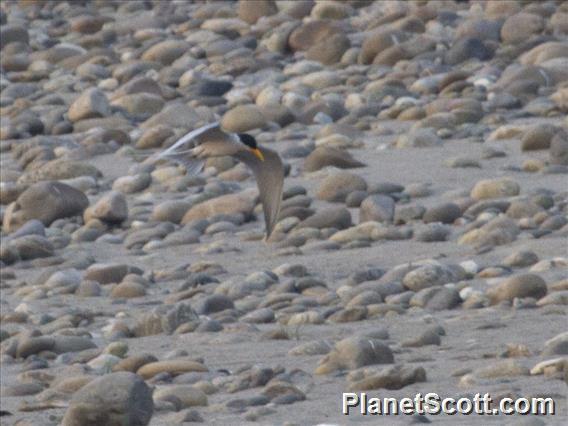River Tern (Sterna aurantia)

River Tern (Sterna aurantia)
×


River Tern (Sterna aurantia)
About River Tern (Sterna aurantia)
- Kingdom: Animals
- Phylum: Chordates
- Class: Birds
- Order: Shorebirds and Allies
- Family: Gulls, Terns, and Skimmers
The river tern or Indian river tern is a tern in the family Laridae, the largest species currently included in the genus Sterna of typical terns. It is a resident breeder along inland rivers from Pakistan east through the Indian Subcontinent, to Myanmar, Thailand, and Cambodia, where it is uncommon. Unlike most Sterna terns, it is almost exclusively found on freshwater, rarely venturing even to tidal creeks.
Source: Wikipedia
Visits
-
2013-02-16
Namieri National Park, India -
2013-02-19
Periyar Wildlife Sanctuary, India


